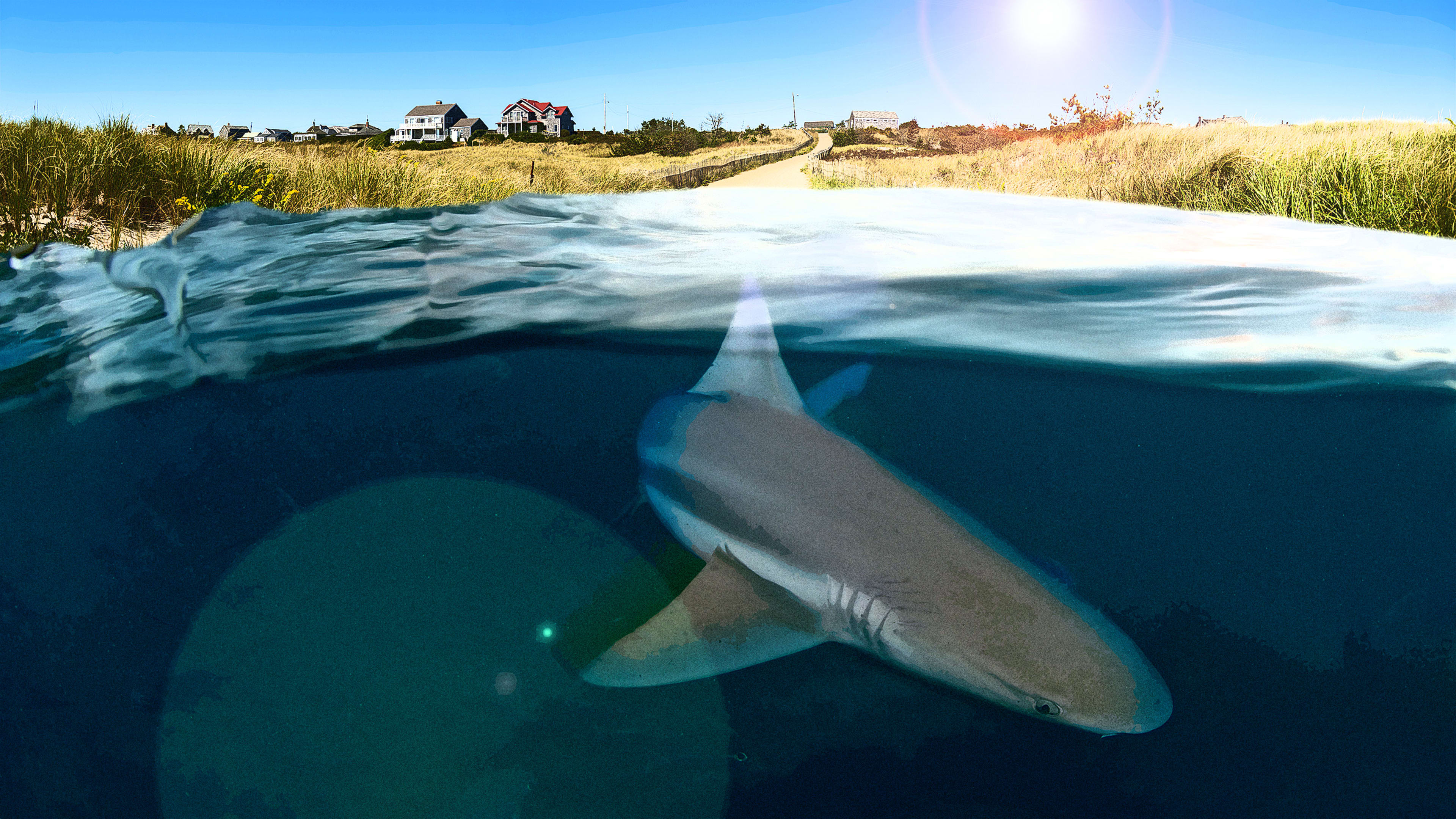After a spate of shark sightings (and attacks) on the July 4 weekend, the New York governor’s office announced it will deploy dozens of drones at local beaches in Long Island and New York City to track shark movements, an expansion from the eight announced last year. The governor also announced more watercraft patrols, buffer zones, and new safety guidance for beachgoers—including tips to avoiding murky water and seals.
Shark sightings have increased on U.S. coastlines the past two summers, especially in the North Atlantic off of Long Island and Cape Cod, and stretching up to Eastern Canada. There are several factors, but climate change is one of the main drivers, experts say, because northern waters now provide warmer temperatures for the predators. The new distribution patterns of sharks will likely have an effect on ocean ecosystems, as well as on possible interactions with humans.

While it’s largely anecdotal, there’s been an abundance of shark sightings this summer in the Northeast. On the July 4 weekend, 50 sand sharks were spotted on one beach in Long Island, and four shark bites were reported off of Long Island beaches, including one near the Hamptons and one off of Fire Island. Further north, the sight of great white sharks prompted swimming prohibitions at Cape Cod beaches and a Nantucket wildlife refuge. This all builds on last year’s surge in sightings—and a record number of bites in New York—which Slate called “the summer everyone saw the sharks.”
Experts say it’s extremely difficult to pin down one reason, such as climate change, for the increased sightings. There are a multitude of factors at play, from overfishing to the rebounding of prey in certain areas. And each of the more than 500 species of shark behaves differently. “It’s really hard to disentangle [climate change] from all of the other potential drivers,” says Taylor Chapple, assistant professor at the Marine, Fishing and Wildlife Department at Oregon State University. Still, climate change is having some effects.
Recognize your brand’s excellence by applying to this year’s Brands That Matter Awards before the final deadline, June 7.
Sign up for Brands That Matter notifications here.
